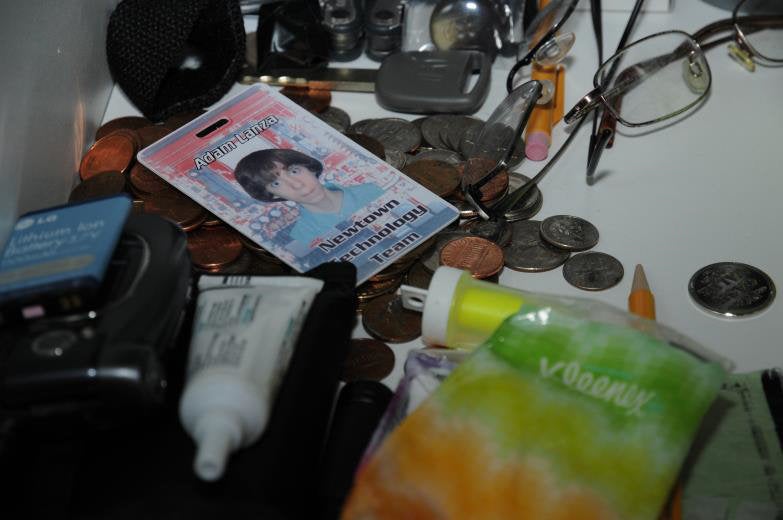
In December 2012, just days after gunman Adam Lanza left 26 children and staff dead at Newtown Elementary School, a Gallup poll found that half of Americans thought “[increased] police presence at schools” and “increased government spending on mental health screening and treatment” would be effective in preventing subsequent shootings.
One year later, a look at legislation enacted around the country reveals that some state governments have allocated more funds for mental health care in school, while others are working to increase or better utilize the police presence on campuses. A small number of states have even embraced both approaches as a means of making schools safer, despite warnings from civil rights groups that having police in schools can be especially harmful to students with mental health issues.
INCREASED FOCUS ON MENTAL HEALTH IN SCHOOLS
After Sandy Hook, state governments took action on mental health spending, even as Congress failed to substantially increase spending on mental health care.
A recent report from the National Alliance on Mental Illness found that after most states' budgets gutted spending on mental health care from 2009 - 2012, at least 37 states started restoring such funding in the months after Sandy Hook. A number of states also enacted legislation designed to improve mental health care, and at least 10 of these states enacted legislation relating to mental health care services in schools.
Arkansas, Connecticut, Georgia, Indiana, Louisiana, Minnesota, Oregon, Texas, Utah and Washington passed legislation specifically relating to mental health care in schools. Connecticut and Washington passed some of the most comprehensive laws, which require further training for teachers and school support staff on mental health and emotional development. Georgia established the creation of government committees to study the connection between mental health and school violence.
INCREASED DEMAND FOR POLICE IN SCHOOLS
At the same time, many states and agencies worked to grow or make better use of the presence of police officers in schools. In the months following Sandy Hook, approximately 101 proposals were drawn up relating specifically to police officers in schools, and at least 10 states enacted legislation on the issue, according to an analysis on legislation since Sandy Hook from Education Week.
The EdWeek analysis found that proposals introduced in Southern states more frequently addressed the topic of police in schools than bills introduced in the Northeast, Midwest and Western states. However, a similar pattern did not pan out in terms of legislation passed. By early December 2013, Alabama, California, Colorado, Indiana, Louisiana, Mississippi, Missouri, Pennsylvania, Tennessee and Virginia had passed laws dealing with police in school.
In September the Department of Justice announced it would fund the positions of 356 new school resource officers, which are police officers trained to work with students. Kevin Quinn, president of the National Association of School Resource Officers, told The Huffington Post that requests for school resource officer training events “anywhere between doubled and tripled” in all parts of the country.
SAFER SCHOOLS?
Quinn says he is confident that schools are safer now than they were at this point last year.
“I think schools are very safe places, but now there’s such an awareness about school safety out there,” he told The Huffington Post over the phone. “What happened at Sandy Hook has caused schools across the country to step back and look at their emergency plans.”
However, Sita Diehl, the director of state police and advocacy for the National Alliance on Mental Illness, says she is not so sure that an increased emphasis on mental health should have been paired with an increased emphasis on police in schools.
“Maybe [schools are safer],” Diehl told The Huffington Post over the phone. “I think putting armed resource officers [in school] … I think that could backfire.”
Parents also seem unconvinced that schools are safer. An August Gallup poll found that 8 months after Sandy Hook, parents of K-12 children feared for their children’s safety at school at the same level they did in the weeks immediately following the tragedy. Even with heightened security measures and a renewed increase in mental health training, 33 percent of K-12 parents said they fear for their eldest child’s safety, just as they did in December 2012.

